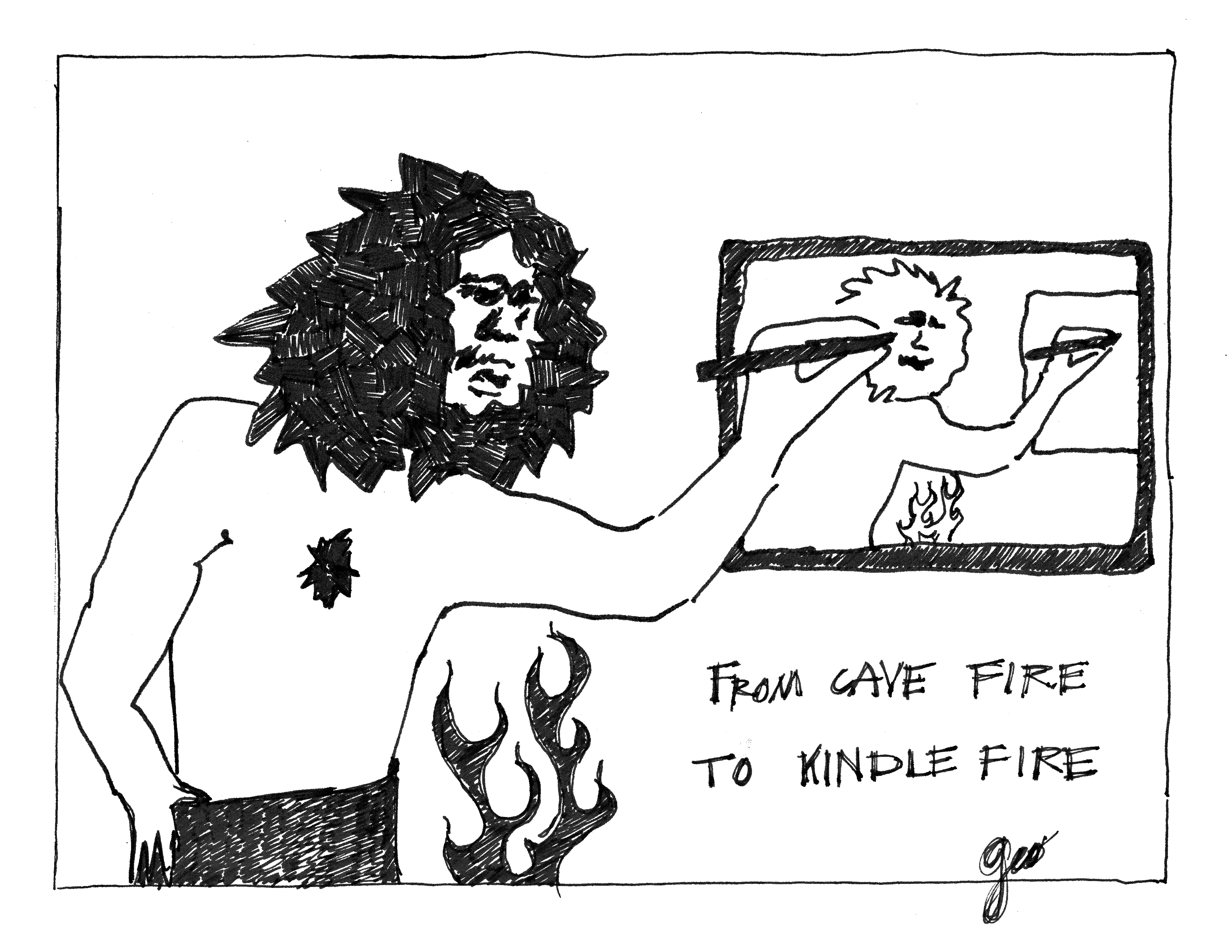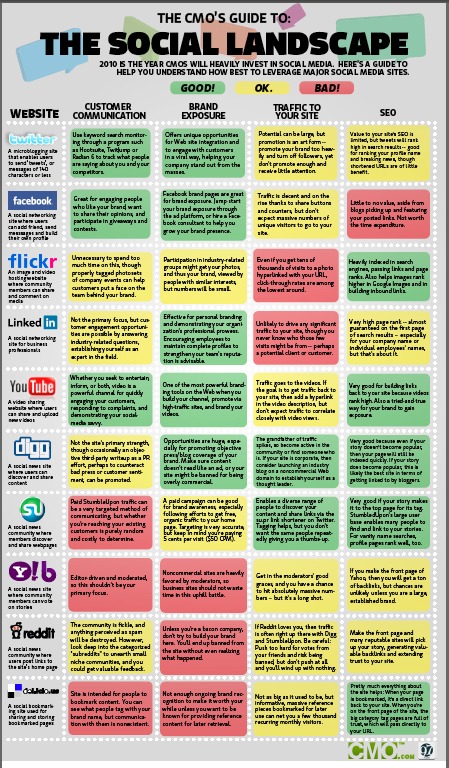Are you on Pinterest? Still trying to resist the way you resisted Facebook?
Watch out, because it’s a slippery slope. When your invitation comes and you say, “Okay, well, maybe I’ll just try it out…”
You know, kick the tires, maybe even zip around the neighborhood with the roof down and the music blaring?
Don’t do it. You’ll get hooked. Pinterest. Is. Addictive.
And that’s why it’s exploding. In the good way. Out of start-up obscurity and into the gotta-be-on-it rocket that is flashing through the interwebs.
After being largely ignored for the first months of its existence, Pinterest is now being mentioned with increasing frequency… It is easy to see why Pinterest is attracting such a buzz. All measures of its growth are phenomenal. (Street Journal)
Phenomenal is the right word, but it lacks the necessary whizbang to accurately convey what’s happening with this rather straightforward social media concept
The premise behind Pinterest is for users to gather, organize, and share things they find on the Web, such as home decorations, clothing, and food. The end result is curated pinboards that are meant to help friends discover new items or get inspiration. (CNET News)
According to Mashable‘s Zoe Fox, Pinterest drives more online t than Google+, YouTube and LinkedIn. Beginners’ luck? That’s pretty formidable competition.
[Pinterest] now beats YouTube, Reddit, Google+, LinkedIn and MySpace for percentage of total referral traffic in January… Pinterest accounted for 3.6% of referral traffic, while Twitter just barely edged ahead of the newcomer, accounting for 3.61% of referral traffic. (Mashable)
You know how long it took Twitter
to get traction? You know how long it’s taken to get to this point. I suspect that the quirky crew over at Facebook are getting whiplash responding to the ticklish breeze they keep feeling in their hair, like something sneaking up from behind. Can you sneak fast? Okay, so maybe Pinterest isn’t sneaking…
Facebook reigns king of referrals, accounting for more than one-quarter (26.4%) of traffic, 4.3% of which comes from Facebook Mobile. After Pinterest, Facebook is experiencing the most referral growth, gaining almost one percentage point in December. (Mashable)
So Facebook isn’t giving up ground just to swig down electrolytes, but Pinterest’s mad dash out of the starting gates is noteworthy. Whether or not they can sustain this pace for the endurathon is another matter.
Who’s propelling its rise? 18-34 year old upper income women from the American heartland. (TechCrunch)
Hmmm… So not just bored teenagers party shopping.
To get to the bottom of what motivates Pinterest’s throngs of users, you first have to realize who those users are… Female… women tend to like to shop more than men do. You could easily define Pinterest as a way for people to “window shop” for anything that interests them… It’s a social shopping experience, disguised as a website full of interests. (TheNextWeb.com)
Brad McCarty may be right, but in my experience, there are plenty of gents aboard the good rocket ship Pinterest and more and more every day. Maybe there are male window shoppers too? Or maybe McCarty’s oversimplifying.
At heart, many of us are collectors. Stickers. Friends. Hats. Wine. Cars…
And many of us are voyeurs, happy to peak over the fence at the neighbor’s backyard digging project only discover he was planting a persimmon tree, not installing a hot tub.
In short, we’re curious hoarders on the lookout for inspiration. Is it any wonder that Pinterest has become the next runaway favorite? And with news a little over a week ago that Pinterest has partnered with Flickr “improve photo attribution” it looks like the visual floodgates may be opening. Happy pinning!
Related articles
- Pinstagram: How Instagram Should Look On the Web (readwriteweb.com)
- Pinterest’s Traffic Data Reveals Its Biggest Weakness (businessinsider.com)
- Who Are the Top Retailers on Social Media? [INFOGRAPHIC] (mashable.com)
- A Marketer’s Guide to Pinterest [Video Infographic] (slideshare.net)
- A Marketer’s Guide To Pinterest (viralblog.com)
- 3 Reasons Why You Should be Using Pinterest (allseasonvirtualassist.wordpress.com)
- Using Pinterest To Supercharge Your Content Marketing (digitalsherpa.com)












